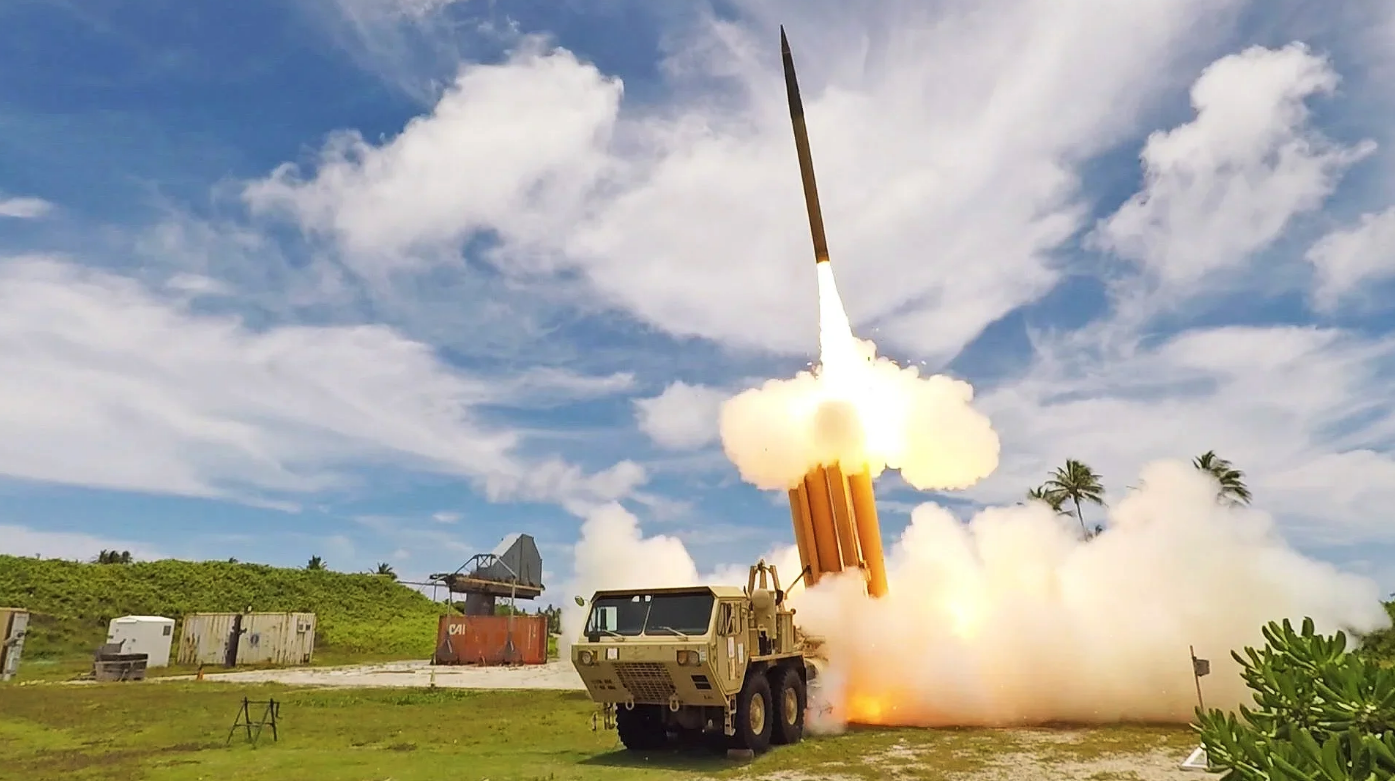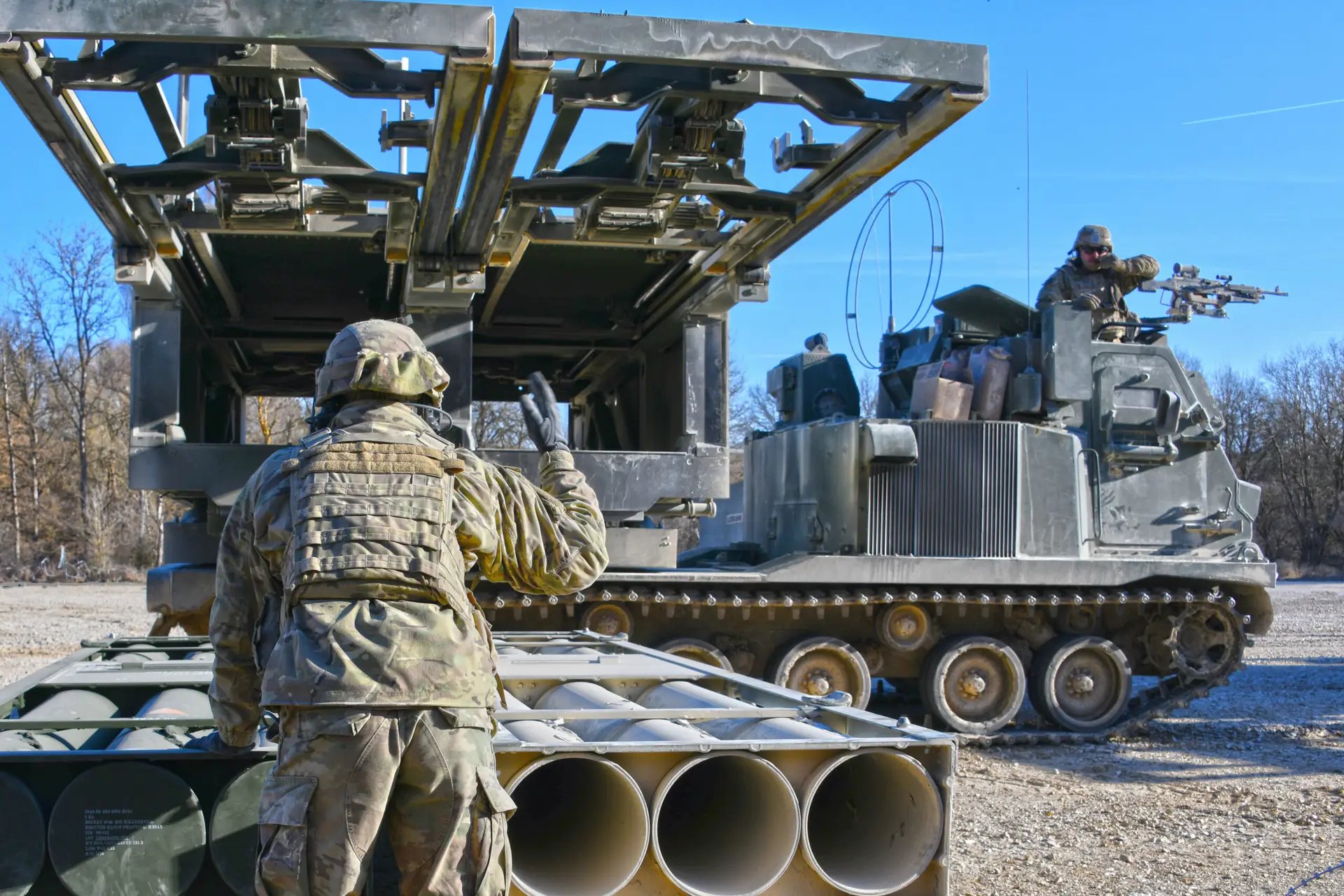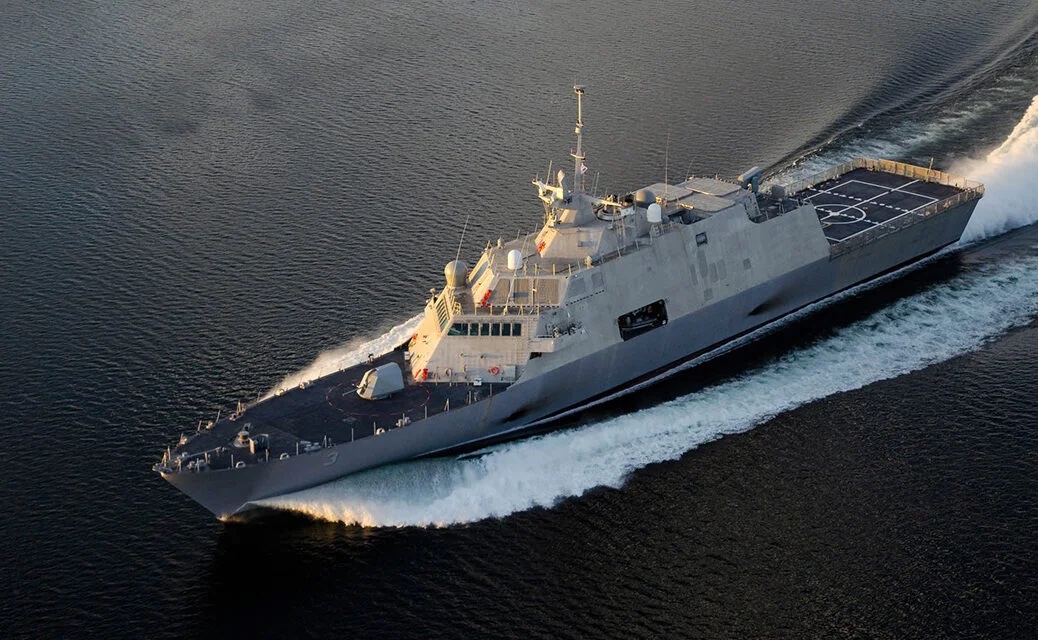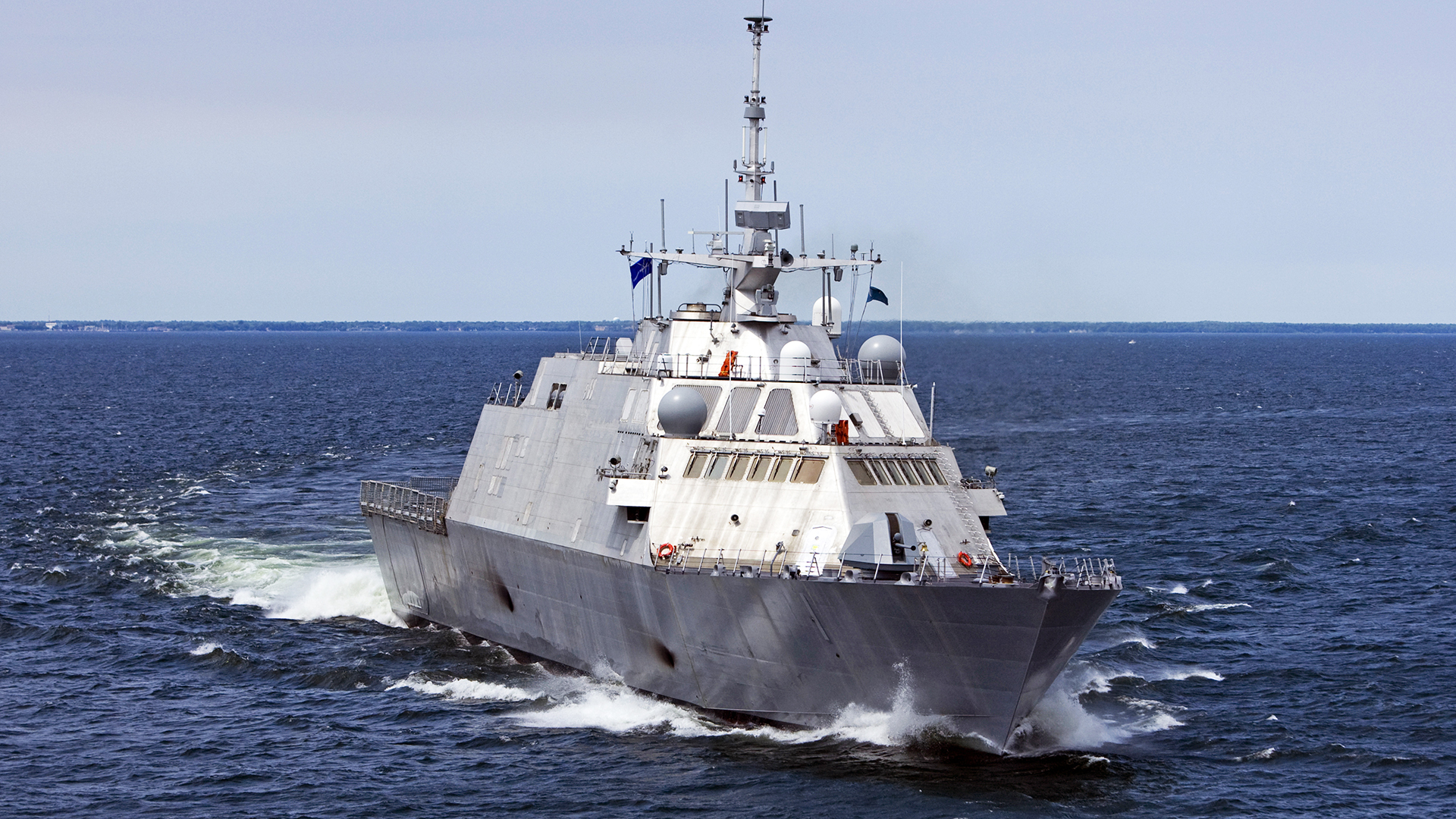The House Armed Services Committee gave initial approval Wednesday afternoon to a $37 billion increase to the Fiscal Year 2023 Pentagon budget request that would add funding for additional ships, aircraft, missile and air defense systems, ammunition and munitions technology improvements, among other things.
If the amendment, introduced by Reps. Elaine Luria (D-VA) and Jared Golden (D-ME), passes through the various legislative hoops – including a full committee vote on a final draft likely later tonight or early tomorrow – and is signed into law, the new Defense Department budget would raise from $773 billion to $810 billion. That would be the biggest Defense Department budget in history.
We’ve listed some of the highlights of the additional budget requests.
Ships
The amendment calls for $1.2 billion in incremental funding for one additional Flight III Arleigh Burke-class destroyer, $2.4 billion for an additional Constellation-class frigate, an additional T-AO oiler, two additional Expeditionary Medical Ships, and $318 million to restore five Littoral Combat Ships (LCS), as well as $59 million to restore two Expeditionary Transfer Dock Ships that were set to be retired.

Aircraft
The measure would add $660 million for eight additional F/A-18 fighter jets and $1.3 billion for other Navy and Marine Corps aircraft, including two E-2D Advanced Hawkeye early warning aircraft, five KC-130 Hercules tanker-cargo planes for the Navy and Marine Corps and two CMV-22 Osprey tilt rotor aircraft for the Navy. There would also be $884 million to procure an additional four Air Force EC-37B Compass Call aircraft.

Air and missile defense
The amendment calls for an additional $1 billion for four additional Patriot air defense units to equip the 16th Patriot Battalion and $200 million for 20 additional Terminal High Altitude Air Defense (THAAD) interceptors.

Ammunition, munitions plants and technology
The measure calls for $178 million for safety and modernization upgrades to the military’s ammunition industrial base, $400 million for munitions technology development and more than $73 million to purchase 5.56 mm, 7.62 mm and 50 caliber ammunition.

Ukraine Security Assistance
The measure would add $550 million for Ukraine security assistance, as well as costs for advance planning to support presence on the Eastern front.

The measure passed the committee by a 42-17 margin.
“We need only look to world events in Ukraine reports regarding China’s plans and actions in the South China Sea, or simply read the latest headlines about Iranian nuclear ambitions and North Korean missile tests and close ongoing terrorist threats in order to see why this funding is necessary to meet the security challenges of our time,” Golden said, in support of his amendment. “At the same time, the inflationary pressures that are impacting economies worldwide are hampering our military’s ability to purchase new equipment, invest in emerging technologies and to adequately pay and support our greatest national security asset – the men and women in uniform.”
Rep. Vicky Hartzler (R-MO) lauded the measure because it increases the Army’s stock of 5.56 mm, 7.62 mm, and 50 caliber ammunition by 8.5 percent over the Presidential budget.
“This funding will help ensure we are meeting both the demands of our military and able to maintain a highly-skilled workforce as we prepare for the production of 6.8 mm ammunition for the Next Generation Squad Weapon.” You can read all about this new family of weapons here.

Hartzler said she was also happy that the measure includes $95 million in additional funding for urgently needed safety updates at the Lake City Army ammunition plant in Missouri.
The biggest complaints raised at the hearing about the measure centered on the LSC funding.

“I strongly object to restoring five of the LCSs when the President has asked for nine of them to be decommissioned,” said Rep. Jackie Speier (D-CA). “We all know what lemon cars are. We have a fleet of lemon LCS ships. We have spent billions of dollars on this fleet when they have no capability to help us deal with our largest threat, which is China and Russia. The only winners have been the contractors on which the Navy relies for sustaining these ships.”
Though this measure would increase the Defense Department budget by nearly 5%, there is a long way to go before it becomes a reality.
First, it has to be passed out of the committee in the final draft of the Fiscal Year National Defense Authorization Act, a vote that will likely take place later today or early tomorrow morning. Then it would have to pass the full House of Representatives, survive a conference with the Senate, which is seeking an additional $45 billion for the Defense Department budget, and ultimately, be signed into law by President Joe Biden.
There will be a lot more debate about these issues and The War Zone will take deeper dives into some of the specific systems and capabilities at stake as the process grinds on.
Contact the author: howard@thewarzone.com
